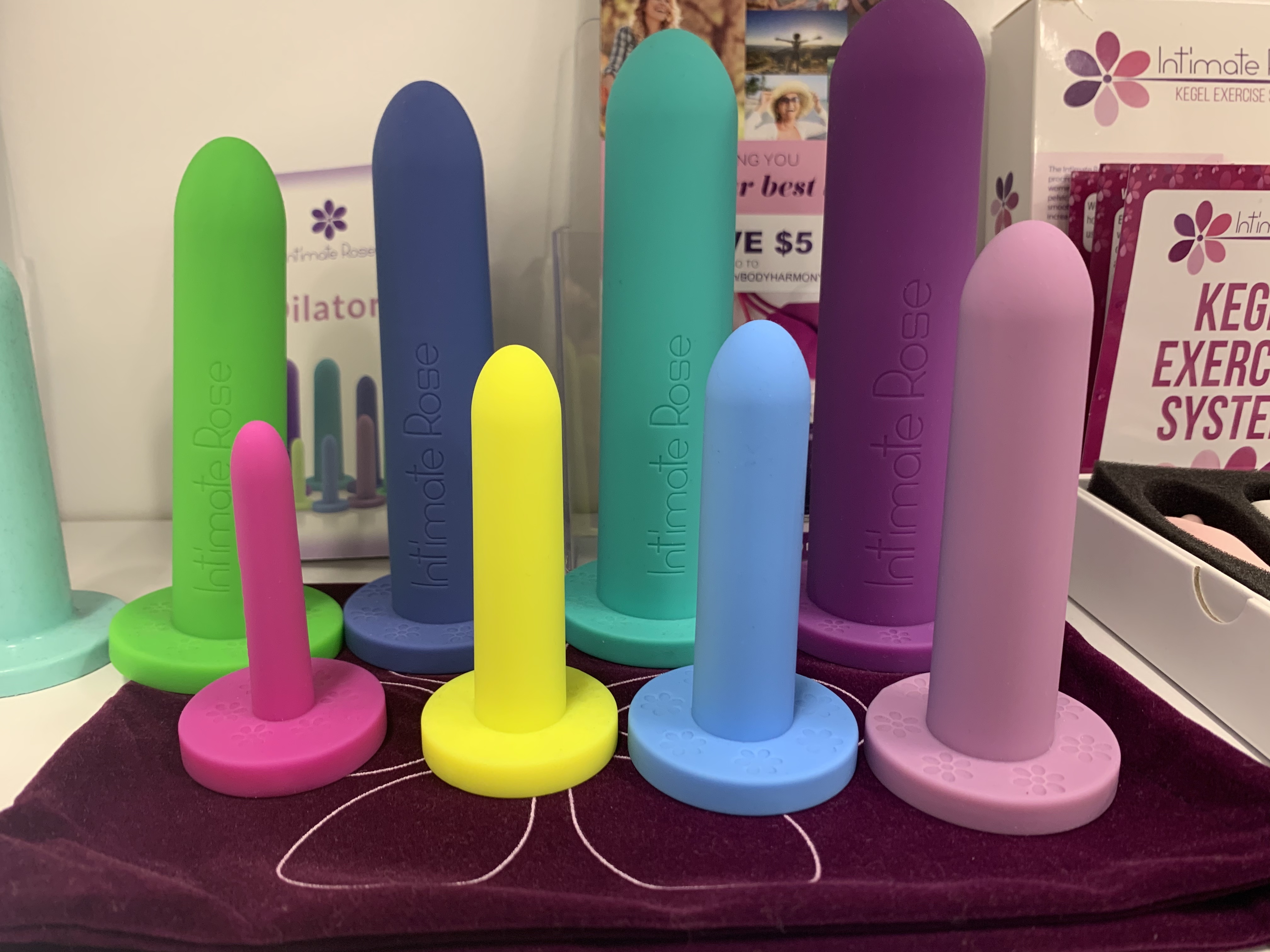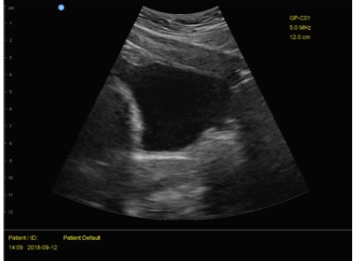Men’s Pelvic Health Matters

Despite being a topic often shrouded in silence, issues such as pelvic pain, urinary dysfunction, and sexual dysfunction can significantly impact men’s quality of life.
Pelvic health extends beyond reproductive and urinary functions; it encompasses a complex network of muscles, nerves, and organs that play a vital role in mobility, stability, and overall well-being. Yet, many men hesitate to seek help for pelvic health concerns due to stigma, embarrassment or cultural factors.
Male Pelvic Health Conditions
At Body Harmony Physical Therapy, we offer an open and supportive environment where patients feel comfortable discussing their concerns. Whether it’s addressing pelvic pain stemming from injury or dysfunction, providing guidance on bladder and bowel management, or offering strategies to improve sexual function, our goal is to empower men to take control of their pelvic health.
Top Five Pelvic Health Conditions Men Seek Help For
- Urinary Incontinence
- Incontinence can be due to age-related changes or trauma such as surgery. This results in the pelvic floor muscles weakening with reduced ability to maintain closure of the urethra.
- Erectile Dysfunction
- This often requires an evaluation to determine which muscles are tight and/or weak and developing a program targeted to strengthen weak muscles and reduce tension in tight muscles. Often the muscles involved are the pelvic floor muscles responsible for maintaining pressure and allowing for adequate blood flow for a sustained erection.
- Testicular Pain
- When medical conditions like cancer, kidney stones and hernia’s are ruled out, pelvic health physical therapy is usually recommended to find the source of testicular pain. It often involves a comprehensive pelvic evaluation of muscles both internal and external around the pelvis.
- Hard Flaccid Syndrome
- This is often due to sensory dysfunction within the penis leading to a constant semi-rigid penis. The penis can become painful and it often interferes with sexual function and a person’s social life.
- Athletic Pelvic Dysfunction
- This is often due to chronic tightness and dysfunction of the hamstring and groin which can lead to pelvic dysfunction.
Common Muscles to Evaluate
During evaluation, the bigger muscles on the outside or around the pelvic are often also dysfunctional. These muscles have been found to cause referring pain into the pelvis and further dysfunction impacting bowel and bladder continence and sexual function.
- Hamstrings
- Especially the most proximal region. Tight bands of fascia and muscle can mimic pelvic pain syndromes
- Adductors
- There is a direct link from the fascia of the adductors to the pelvic floor muscles. Often dysfunction in one leads to indirect dysfunction in the other. This can lead to pudendal neuralgia in men.
- Quadratus Lumborum
- This is a small but very important muscle in the lumbar spine region. This muscle can become tender and painful and also refer pain into the pelvis.
- Abdominals
- Rectus Abdominis is often tender and the lower portion can become weak or impact bladder symptoms or testicular pain.
- The obliques have a direct fascia connection to the spermatic cord and sartorius (a muscle that crosses the hip and knee joint) and refer pain.
It is important to evaluate both muscles external and internal to the pelvis. Often treatment of the muscles external to the pelvis will reduce the level of referred pain to internal pelvic floor muscles allowing for a more comfortable internal pelvic muscle treatment.
Why Are We Different?
Our approach to men’s pelvic health integrates evidence-based physical therapy techniques tailored to individual needs. Through targeted exercises, manual therapy, and education, we help patients strengthen pelvic floor muscles, improve bladder control, and alleviate pain and discomfort. We spend an hour with our patients for each treatment session and provide each patient with their own individualized exercise/stretching program.
By shining a spotlight on men’s pelvic health and offering specialized care, we aim to empower men to prioritize their well-being and break free from the constraints of silence and stigma.







